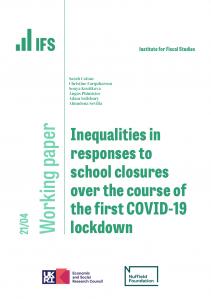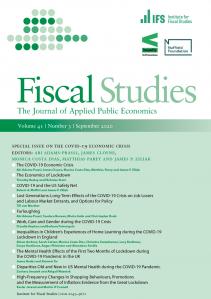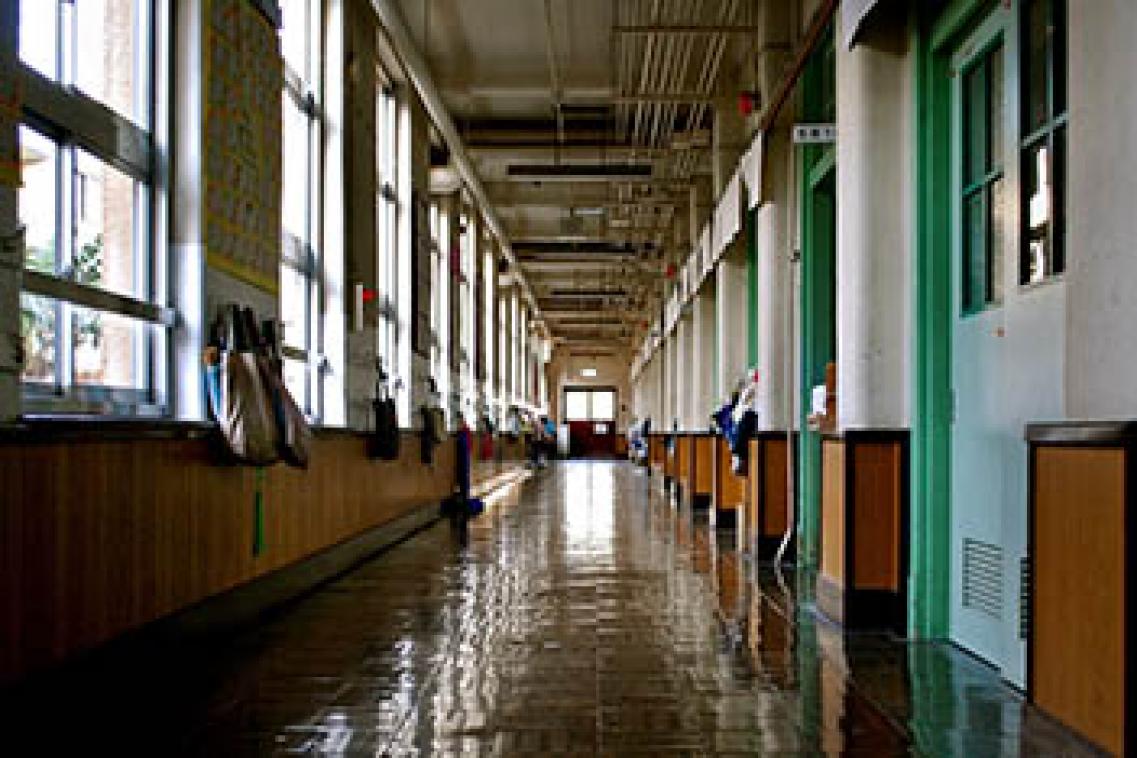Book Chapter
School spending covers pupils in state-funded schools aged 5–16, as well as pupils aged 16–18 in school sixth forms. In 2018–19, total school spending in England – excluding early years and sixth-form funding – stood at about £44 billion in 2019–20 prices.








































